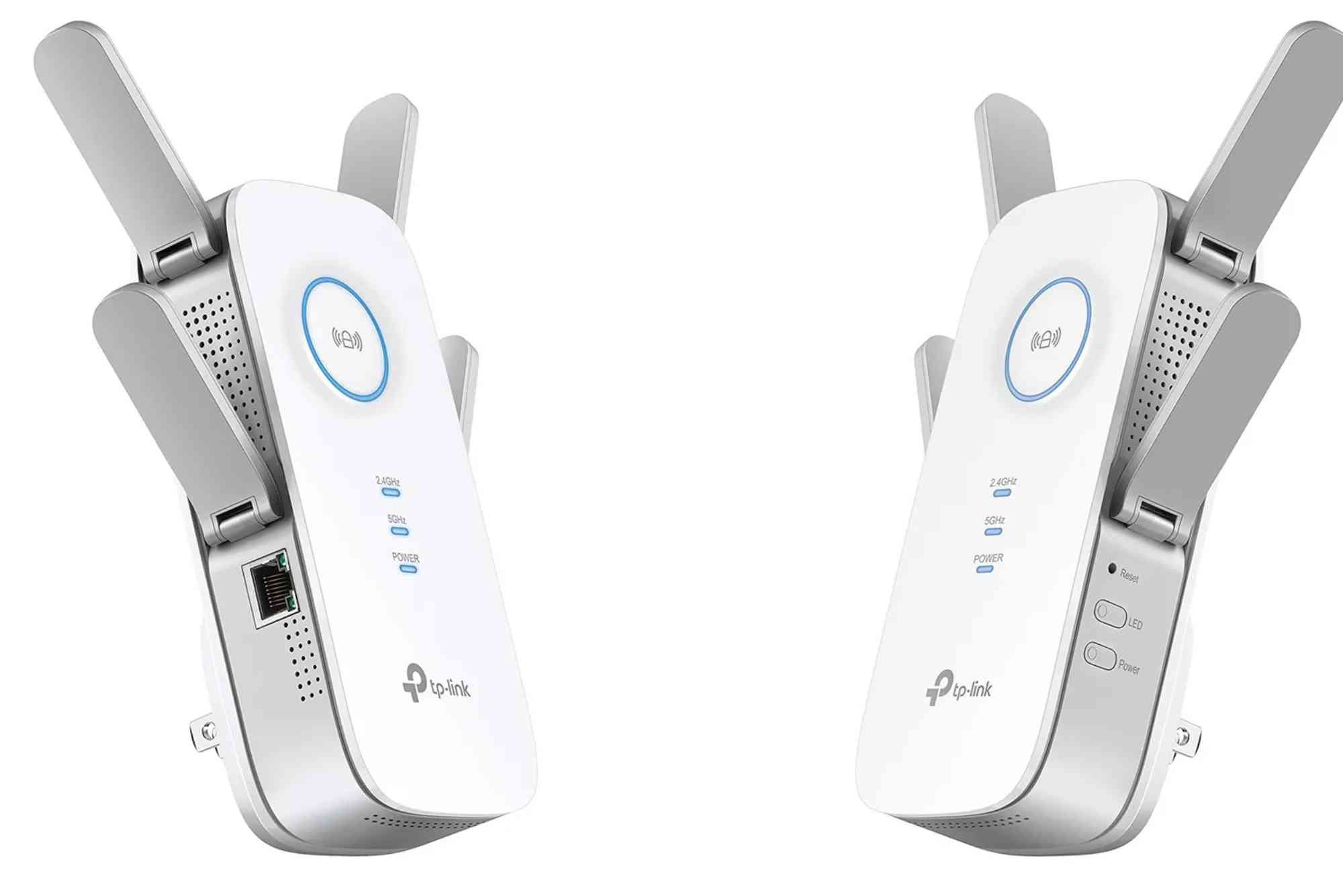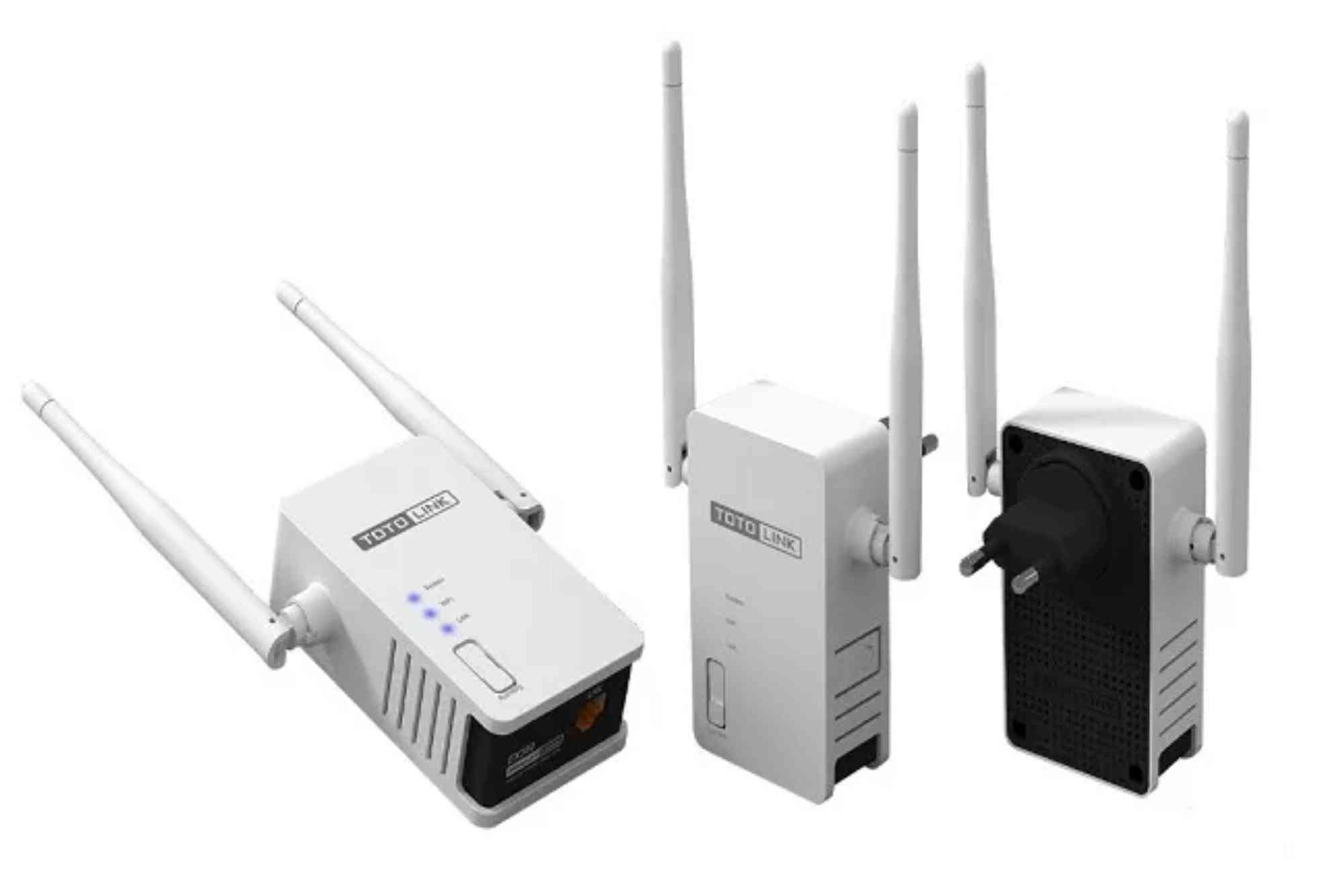Introduction
Switching to a new router should improve your internet experience, not slow it down. Yet many people report slow ISP speed after router change and wonder why performance drops. This guide explains the most common causes and offers practical solutions. By the end, you’ll know exactly how to restore or even improve your connection speeds.
Why Speeds Drop After a Router Change
Changing routers introduces new hardware, firmware, and settings. These factors can disrupt your connection. Understanding the root causes helps you target the right fix.
ISP Versus Router Issues
It’s important to identify whether the slowdown is due to your Internet Service Provider (ISP) or your router. Test your connection directly with an Ethernet cable. If the wired speed is normal but Wi-Fi is slow, the router is likely the issue. If wired speeds are also low, contact your ISP immediately.
Hardware Capability Differences
Modern routers vary widely. A low-end model may support only 100 Mbps ports or lack Wi-Fi 6 features. If you upgraded but didn’t check specifications, your router could be throttling speeds.
Incorrect Configuration
New routers often default to automatic settings that don’t match your network. Band steering, security modes, or DNS settings can limit performance. Adjusting these settings can restore normal speeds.
Steps to Fix Slow ISP Speed After Router Change
Once you understand the potential causes, you can begin solving them systematically.
Test Your Internet Speed
Use a reputable speed test service on both wired and wireless devices. Compare your results with your ISP’s advertised speeds. Document your findings — it helps you rule out variables later.
Restart and Reset
Restart your modem and router. Power cycling often clears temporary conflicts. If speeds remain slow, reset the router to factory defaults and reconfigure it carefully.
Update Router Firmware
Outdated firmware can cause instability and reduced performance. Log into your router’s admin page and look for a firmware update option. Apply any updates, then reboot your device.
Check Ethernet Ports and Cables
Routers may have a mix of 100 Mbps and gigabit ports. Make sure your modem is connected to a gigabit WAN port. Replace old Ethernet cables with Cat5e or Cat6 for faster throughput.
Optimize Wi-Fi Channels and Bands
Use the 5 GHz band for faster speeds and less interference. Also check your Wi-Fi channel — crowded channels slow performance. Apps like WiFi Analyzer (Android) or built-in macOS tools show channel usage.
Adjust Security Settings
Older security protocols like WEP or WPA can slow speeds significantly. Choose WPA2 or WPA3 when possible. Disable legacy modes to prevent slow connections.
Disable Extra Features Temporarily
QoS, parental controls, or built-in firewalls can limit speeds. Temporarily turn off these features to test performance. Re-enable them one at a time to find the culprit.
Contact Your ISP
If all else fails, your ISP may need to refresh your provisioning or update your plan. Tell them you’re experiencing slow ISP speed after router change and share your test results. This saves time and ensures they see the issue clearly.
Advanced Troubleshooting Tips
Sometimes simple fixes aren’t enough. These advanced steps can squeeze more performance from your network.
Split SSIDs for 2.4 GHz and 5 GHz
Routers often combine bands under one network name. Splitting SSIDs lets you manually choose the faster band for each device.
Use a Wired Connection for Testing
If your wired speed matches your ISP plan but Wi-Fi is slower, the issue lies with wireless settings or interference. Consider repositioning your router or adding access points.
Enable Hardware Acceleration
Some routers include a feature called “NAT acceleration” or “hardware offload.” Turning this on can dramatically improve speed for high-bandwidth connections.
Check Your DNS Settings
Default ISP DNS servers can be slow. Switching to public DNS (like Cloudflare or Google DNS) can improve response times and slightly speed up browsing.
How to Choose the Right Router for Your ISP Plan
Even after fixes, some routers simply can’t handle your plan’s speed. Consider these factors when upgrading:
Bandwidth Support
Ensure your router supports at least the maximum download/upload speeds of your ISP plan. For gigabit service, get a gigabit-capable router.
Wi-Fi Standards
Wi-Fi 6 (802.11ax) offers better speeds and coverage than older Wi-Fi 5 (802.11ac). If you have many connected devices, Wi-Fi 6 is a must.
Processor and RAM
More powerful hardware handles simultaneous connections better. This prevents bottlenecks when streaming, gaming, or using video calls.
Optimizing Router Placement for Speed
Router placement matters as much as hardware specs.
Central Location
Place the router in a central, elevated spot to ensure even coverage. Avoid corners or closets.
Avoid Interference
Keep routers away from microwaves, cordless phones, or large metal objects. Interference can drastically reduce Wi-Fi speed.
Use Mesh Systems for Large Homes
If your space is large or multi-story, consider mesh Wi-Fi systems. They provide seamless coverage and maintain high speeds throughout your home.
Orange Theory Mountain View Users: Special Considerations
If you’re at Orange Theory Mountain View or another public fitness facility using Wi-Fi, remember shared networks often throttle speeds. Limit bandwidth-heavy activities or switch to a personal mobile hotspot if necessary.
Internal Link Example
For reliable high-speed internet solutions, consider checking out Dhanote Internet Services. They provide dependable ISP options and expert customer support that can help resolve router-related speed issues.
FAQ: Fix Slow ISP After Router Change
Why is my internet slow after changing my router?
Your new router may have different default settings, outdated firmware, or weaker hardware. It may also be misconfigured or using a congested Wi-Fi channel.
How do I know if it’s my ISP or my router causing slow speeds?
Test your connection with a wired Ethernet cable directly from the modem. If speeds are normal, the router is at fault. If speeds are slow, contact your ISP.
Do I need to call my ISP when I change routers?
Yes, in some cases your ISP must register the new router or refresh your provisioning. Failing to do so can limit your speed.
Will upgrading to Wi-Fi 6 fix my slow speeds?
Wi-Fi 6 can improve speeds if your old router is a bottleneck. But if your ISP plan is slow, upgrading hardware won’t exceed your plan’s limits.
Can router placement really affect speed?
Absolutely. Poor placement leads to signal loss and interference. A central, elevated position usually improves coverage and speed.
Take Back Your Internet Speed
Experiencing slow ISP speed after router change can be frustrating, but it’s usually solvable. By testing your connection, updating firmware, optimizing settings, and ensuring your router matches your ISP plan, you can restore — or even improve — your speeds.








